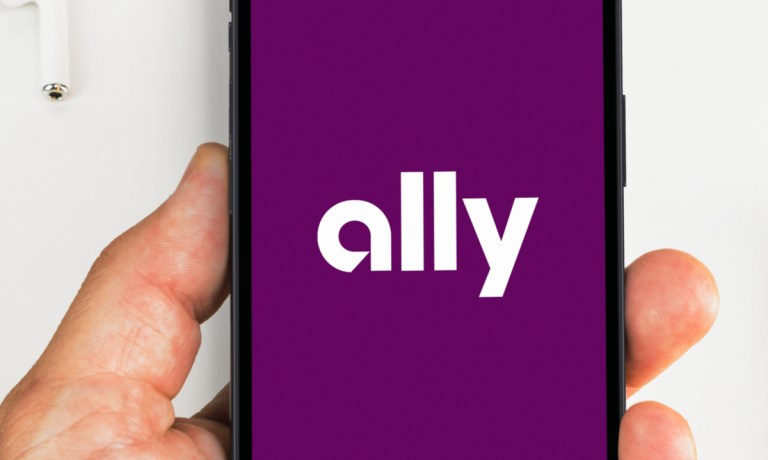
It is apparently a good time to be an online bank.
As The Wall Street Journal reported Saturday (June 3), these banks took in more deposits than they lost so far this year while regional lenders like Truist, Citizens Financial and PacWest saw their deposit numbers fall.
Meanwhile, banks including Capital One, Ally Financial and Goldman Sachs’ Marcus all reported quarterly increases in deposits.
“The future of everything in banking is digital,” Capital One Chief Executive Richard Fairbank said during an earnings call in April.
The report notes that regional banks are facing two problems: the recent banking crisis that scared customers into shifting their money to larger lenders, and rising interest rates leading consumers to move money to things like money market funds for greater returns.
The Federal Deposit Insurance Corp. (FDIC) reported last month that banks saw their deposits fall by $472 billion in the first quarter of 2023, the worst decline in the nearly 40 years that the agency has compiled that data.
And on Friday (June 2), the St. Louis Fed reported that the total of deposits at banks fell about $13 billion in April, “which would take the decline even further out than the FDIC data,” as PYMNTS wrote last week.
The WSJ report noted the high cost of running a brick-and-mortar bank. Operating a branch in a city like Tampa can cost up to $500,000 per year, while running a midsized branch in New York will cost more than double that amount.
At the same time, the report said, tech helped fuel the deposit runs on Silicon Valley, Signature and First Republic banks, as online banking made it relatively simple for customers to withdraw their money.
And while digital-first and digital-only banks are gaining ground, research by PYMNTS finds that many consumers are reluctant to switch from a more traditional bank to a neobank.
Unfamiliarity with neobanks plays a role, as does satisfaction with current — and typically traditional — banking models, according to “How Consumers Use Digital Banks,” a PYMNTS and Treasury Prime collaboration,
“While there is steady interest in digital banking and FinTech services like PayPal, Venmo and Chime, many consumers surveyed said they see these as auxiliary banking services — supplements to the services provided by more traditional banks, with few consumers exclusively using digital-only banks,” PYMNTS wrote last week.
Not counting platforms like PayPal and Venmo, a quarter of consumers have used a neobank, digital bank or FinTech with bank-like services in the last year. Only 10% of respondents said that their primary bank accounts are with digital banks.